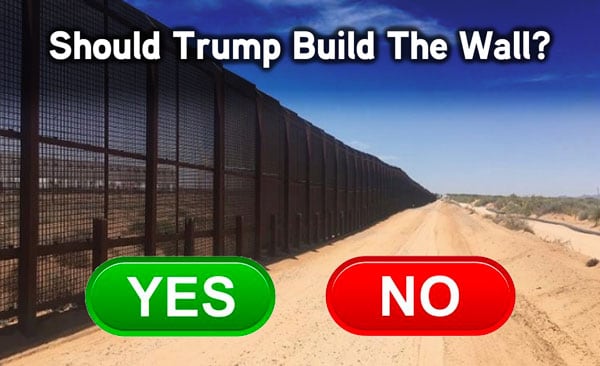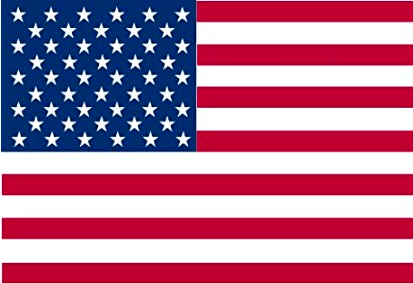Potential VP Pick Amy Klobuchar Refuses to Prosecute Officer Involved in Floyd’s Death
Failed Democratic nominee, Sen Amy Klobuchar, received a massive backlash as reports revealed that she had refused to prosecute Minneapolis police officer Derek Chauvin who had been involved in the death of 46-year old-George Floyd.
As riots continued in the city of Minneapolis, the Vice-Presidential hopeful had been in hot water for her decision not to prosecute Chauvin during her stint as a Minnesota county prosecutor in the early 2000s. In an article from The Guardian, Klobuchar served as the chief legal officer of Hennepin County, Minnesota, when she took on Chauvin’s case for his involvement in the death of Wayne Reyes in October of 2006.
In a report from Minneapolis-based Communities United Against Police Brutality, the victim had allegedly stabbed his girlfriend and a male friend before he left off in his vehicle. This led to a high-speed chase in which Chauvin, among six other officers, joined in the pursuit of Reyes. However, things quickly escalated as Reyes stopped the car and got out. According to reports, the victim aimed a shotgun in a threatening manner, and the police officers were forced to have an open fire, which ultimately killed Reyes.
Such an incident raised the question of police brutality and the use of too much force among the community. Klobuchar, who was then running for the U.S. Senate, received increasing pressure from the city’s black community to push for justice and prosecute the six officers who were involved. Unfortunately, Klobuchar refused to heed the concerns. Instead, the newly elected Senator spent the next three months in planning her move to D.C.
Klobuchar was among the list of names presumptive Democratic nominee Joe Biden might choose to be his next VP. However, numerous black and Latino voters have suggested that it would be a poor, and even costly decision to choose the Senator, given her record as a prosecutor in Minnesota.
In 2008, Reyes’ case finally went on to the court. However, no charges were pressed against the police officers. Since then, Chauvin continued to work in the city’s law enforcement, although he would still have numerous brushes with the law. During his 19 years of police duty, he would receive ten civilian complaints. In fact, the number was “a little bit higher than normal,” Mylan Masson, a retired Minneapolis Park police officer and longtime police training expert, said in an interview with NBC News.
The year after Reyes’s shooting, Chauvin, along with seven others, was involved in a federal lawsuit from an inmate at the Minnesota Correctional Facility at Lino Lakes. That same year, the case was dismissed.
In 2008, Chauvin was also involved in a case of police brutality. The incident took place when he was called to respond to a domestic disturbance. Upon arriving at the residence, Ira Latrell Toles, 21, was found in the bathroom, attempting to escape. When he refused to cooperate, a fight ensued, and Chauvin hit Toles in the abdomen.
Fast forward to 2011; the police officer was placed on leave after he shot a Native American man, Leroy Martinez, 23, when he allegedly refused to drop his weapon. At that time, the police chief, Tim Dolan, praised Chauvin for acting “appropriately and courageously.”
Finally, along with three other police officers Thou Tao, J Alexander Kueng, and Thomas Lane, Chauvin was immediately fired from their respective posts after Chauvin was caught on video kneeling on Floyd’s neck despite repeated pleas from the victim and bystanders. The footage had since gone viral and had sparked outrage in the state of Minnesota.



 RSS
RSS
